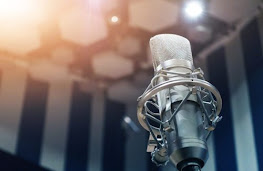Things you should know about the reflection of sound
People hear different kinds of sounds regularly, like music, animal’s voices and also we breathing. Many people would like to bask music by their earphones rather than by their phones, for the reverberation of the earphones are better, which is the reflection of sound.
Most sounds are waves created by the vibration of matter. And sound energy is executed by the transmitted wave. For instance, after striking a tuning fork put that fork into the basin full of water. There are waves that deploy from the vibrating tuning fork in the water. Then the waves will reflect from the border of the basin back to the direction of that tuning fork. And after a moment, the waves will disappear. You may also install acoustic wood panels to control sound in your home.
This displays that when sound travels in a given medium, the waves that carry the sound energy will strike the surface of another medium and bounce back in the other direction. This procedure is known as sound reflection according to Chicago noise ordinance.
The fraction of sound energy relies on the surface that reflects it. If the surface is smooth and rigid, the reflected sound energy will become bigger, while when the surface is irregular and soft, it will become smaller.
Moreover, the principle of sound isolation and seabed acoustic detector is the use of sound reflection. Scientists use the seabed acoustic detector to explore the geographical feature of the submarine world. The detector sends the sound energy in any direction and gets the reflected sound. Through analyzing the length, angle, power and the time gap between sending and receiving sound, the detector can depict a digital topographical map of the underwater world, which assist humans to track the undiscovered place with less hazards.




Comments
Post a Comment